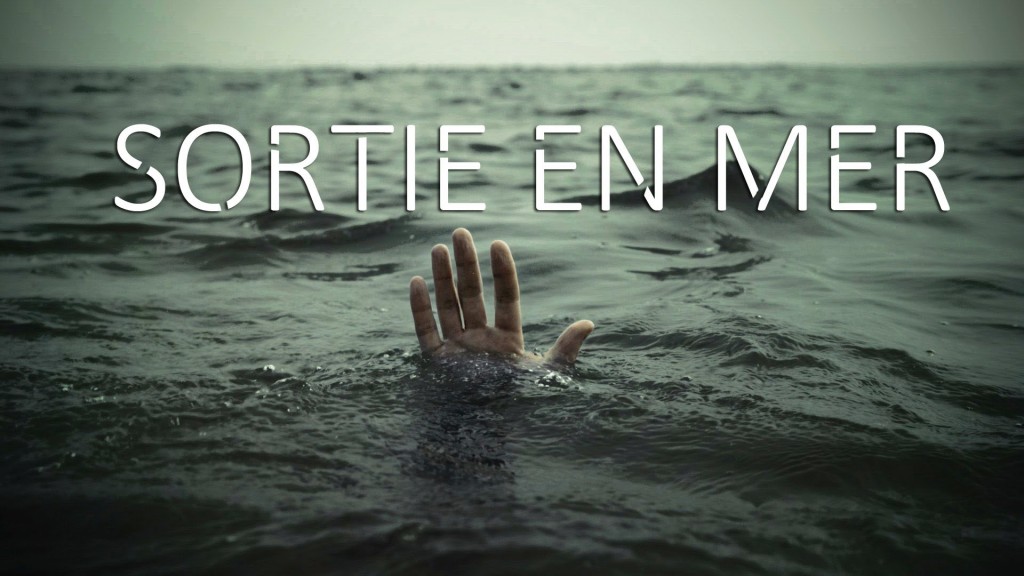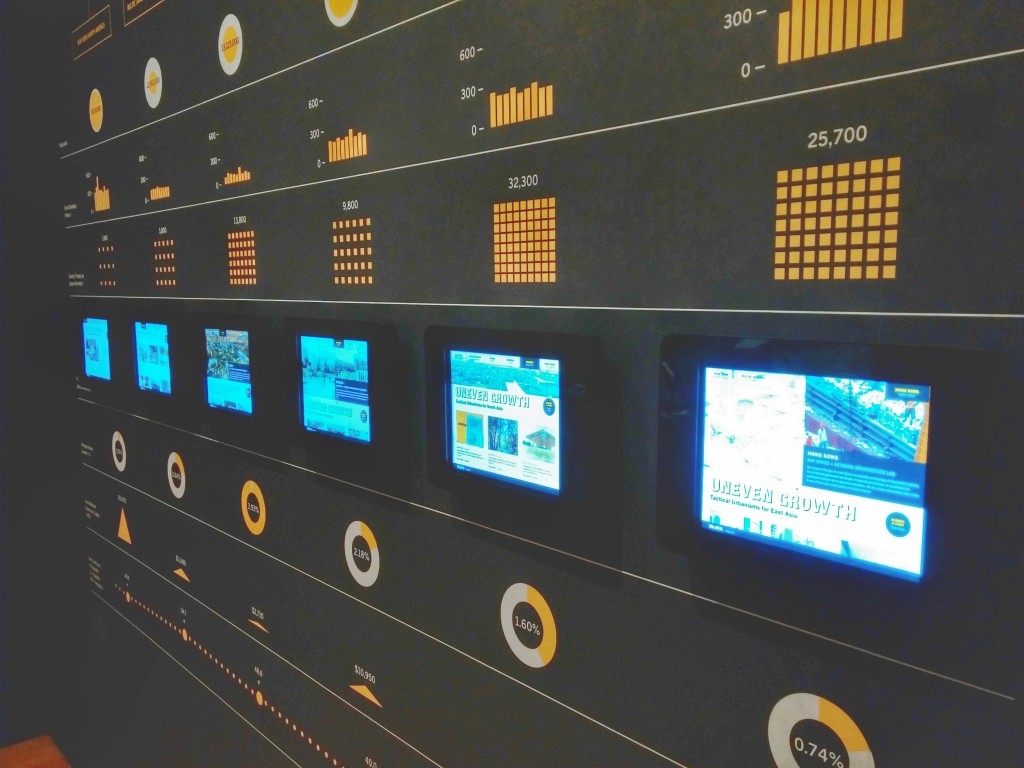
I was recently announcing that I made an interview of Christophe Clouzeau. This post is a condensed version of the 2 hours interesting discussions we had about Green IT, the Digital Revolution and how to change someone’s behavior.

UX designer at Neoma-Interactive
Creator of http://webdeveloppementdurable.com/
Charles
After these two industrial revolutions which transformed our world, don’t you think there will be a third ? Or maybe we are already living in it ?
Christophe C.
We are in a third industrial revolution. I call it the digital revolution where all the fields are concerned. Concerning information and communication I use to say it influenced our society in a way where we consume too much medias at a high speed. Some system now exist to counter this as slow food, slow information, adding latency to things we usually access very rapidly.
In a way, this is also because of marketing: to tell people to buy and consume, find the main parameters that will influence us to buy the product. But if it always goes this way, maybe it’s also because there is a positive answer. I mean, a part os the society reacts positively to this system and encourages it. More and more services are dematerialized, leading people to have a longer “test period”. For example it’s possible to test a product, a service before buying. But it’s easily noticeable that people added this behavior to their social life: when you meet someone you test before getting engaged, then it’s a sort of test before getting married.
Charles
How did you get the idea to create Webdeveloppementdurable.com ?
Christophe C.
The idea of creating WEBDD.com happened when I was sill working with books and papers: print era. Every year I was told to print a document at the same period, but it started to changed when we became conscious of the problem of the deforestation. Then I was told to create only a digital version and to upload it on the web so it wouldn’t consume paper. But I felt like it wasn’t right since there was still energy consumption, energy used in the servers (data), but also to cool it (water) and then to display it. Even more, a print version is done, it can’t be edited or you need to print it again. A digital version can still be constantly updated and viewed by an infinite number of people (because people can come again and view it of course). Then in 2011 I took part in the WebParis 2011 edition and made a conference. At first I was anxious to speak about a field I had knowledge of, but I was doubting of this knowledge, I don’t consider myself as an expert. Later, I understood this conference was the beginning of a growing idea in the mind of digital actors.
Charles
What do you think of the notion of “Cradle to Cradle” ?
Christophe
Concerning the theory of Cradle to Cradle (C2C), I think it’s great to think that way but many experts found that it was a bit utopian. If you want to use this system you must think in terms of circular economy, where there is a loop and your source materials are always re-used. In simpler terms: they are used once to create a product, then the product doesn’t work anymore so you need to disassemble it so you can separate each raw materials. You re-use these materials to re-create the same product.
But it can’t be easily applied ! Imagine a glass container where all kind of glass with different colors are mixed. You won’t be able to recover the main materials if you melt them, or you need to use more energy to remove the color at first but it’s still more energy consumption.

Cradle to Cradle principle
Charles
And what do you think of the role of the designer ? Could he have an impact on the question of recrycle, reuse, object conception, service etc.
Christophe C.
It it the designer’s role ? I don’t think so. Indeed he is in the loop and he is a main element, but I don’t think this is his main role. I think more in terms of information, I think it’s our role to tell people what’s happening (by creating a blog, creating interactions leading the user to understand) but it’s also the role of scientists and journalists.
But in any case he has the abilities to achieve his goal. The designer is a creator of experiences. He manages to change or canalize the behavior or people through impactful interactions. He gets to know for who he is working and who will take benefit from it. The first references I have are Charity Miles & CarrotMob. In the first example the energy of the user is converted to donations to the foundation of their choice. In a way they contribute to their own health by running and being in shape, they also have the choice to give to someone and it’s easier because they don’t do any money transactions, and finally people in need are helped.

The Charity Miles app
Charles
But the designer’s role could be to change the behavior of someone so he can adopt a more sustainable way of living right ?
Christophe C.
In a way yes. There are many ways to change someone’s behavior. I think the main part is to create engagement. To create a link. For example if you go to the beach with your smartphone. You drop your towel on the beach, you let your smartphone inside your bag next to someone and you run to the sea. If someone comes to steal it, the person who was next to you has low chances to move to run after the thief. But if you re-do the scenario by telling the person next to you “can you please check if somebody tried to steal it?” then you create a connection: engagement. The person will feel responsible for your smartphone and it will increase the chances for this person to run after the thief.
If someone is too deeply concerned by its hobbies then the designer must create an impactful experiences. I think about “Sortie en mer”, a first person point of view experience where you simply drown because you didn’t wanted to wear a lifejacket on the boat earlier. You lose your nails, you scream, you become dizzy and then you die, during five long minutes.
So the answer is yes. If there is too much attraction (to someone, to a hobby, or to a brand) then an electroshock can make the user take a step backward.

Sortie en Mer
http://sortieenmer.com/

How does Greenmoutain.no works with nature
Charles
The designer changes the behavior of someone but should also use green practices when working.
Christophe C.
Concerning the notion of Green IT I want to say that yes it’s possible to work with a sustainable mind. First at a low scale: in your house, at your workplace, but it’s also how you use connected services. For example if you create a website you should tell your client to invest in a green hosting, who are concerned with the questions of sustainability. I once visited GreenMountain.no in Norway. It’s an old NATO’s bunker (OTAN in french) on an island which is now used as a data center. It works in synergy with nature. For example, the hydroelectricity helps with the energy consumption and the water helps with the cooling system.
For the record I like to use the term of Grey IT because as I said earlier all fields are concerned.

Green Mountain.no data center
I will soon publish the interview I had with Philipp Aaron Becker, student in the Technische Universität Darmstadt, in Francfort’s region.












